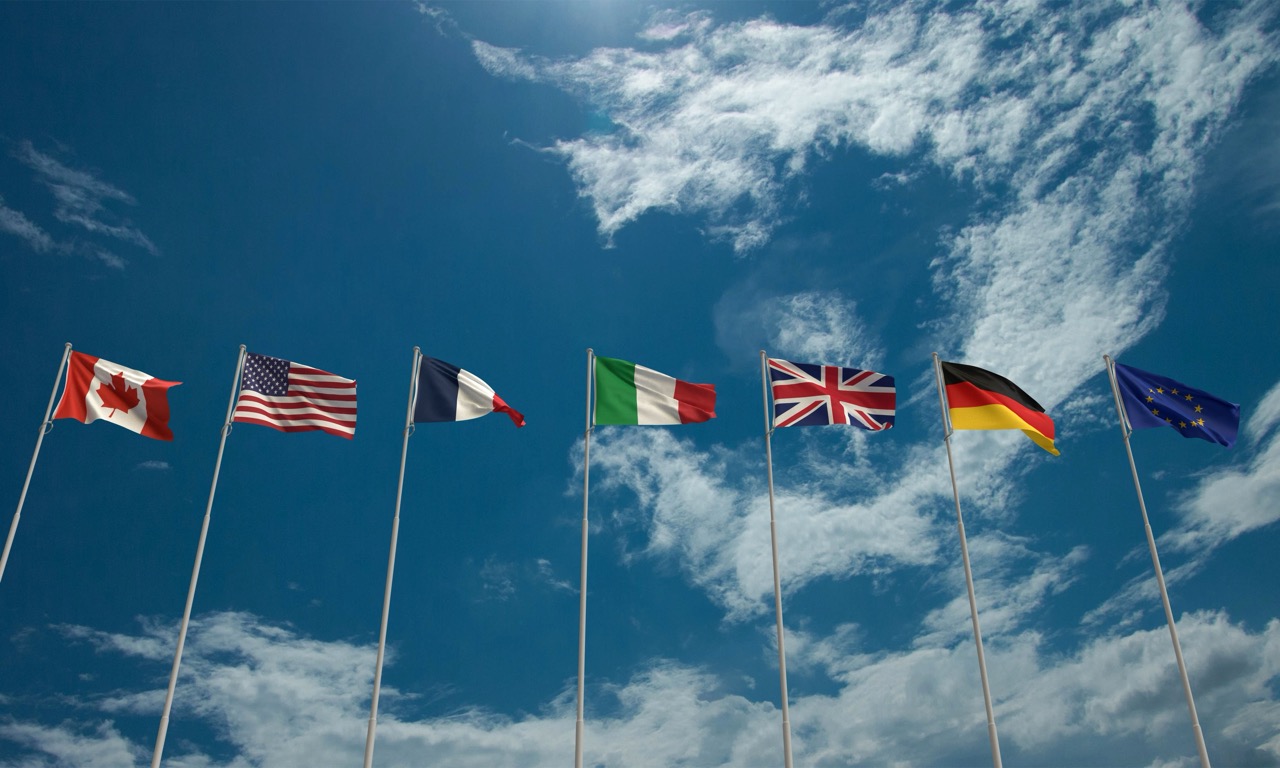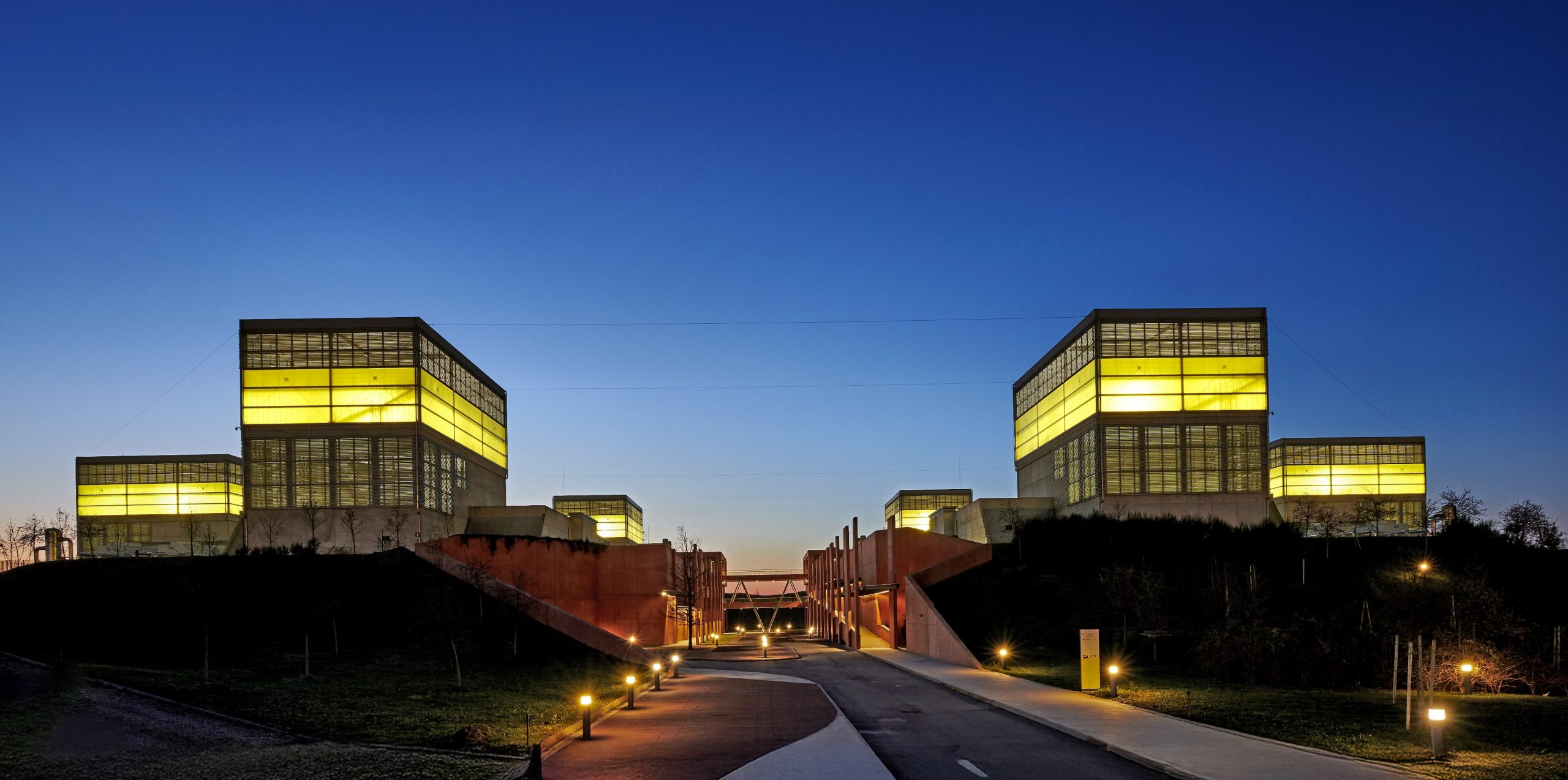An SDR bond for climate finance
Special drawing rights are the International Monetary Fund’s unique reserve asset. They are created when the IMF agrees to make a perpetual loan of SDRs to its members. They can be converted into any of the constituent currencies upon which the value of the SDR is based (US dollar, euro, Chinese renminbi, Japanese yen and British pound sterling). This is done through a special window at the IMF, through which members can sell SDRs to other members for the currency needed to settle private transactions.
However, the bulk of any newly created SDRs flows to the IMF’s biggest shareholders, as they are allocated based on members’ past contributions, not to countries with the most need.
That creates an opportunity, as very few of the reserves created in the 2009 and 2022 allocations have been
mobilised.
How could this work?
Mechanisms exist to channel SDRs through the IMF – such as the Resilience and Sustainability Trust and the Poverty Reduction and Growth Trust – but they have their limits. The IMF is not set up to fund projects – in fact, it cannot do that. The RST, for instance, provides long-term funding to meet a long-term balance of payments needs, so it rewards countries with additional borrowed reserves for implementing good policies.
But there is no good reason why SDRs should only be channelled through the IMF. The multilateral development banks are all authorised SDR holders, and thus can borrow them from IMF members and exchange those SDRs for hard currency, just as shareholder countries can. Moreover, through development banking, the MDBs are structured to allow SDRs to be used to finance long-term clean energy lending and real projects while retaining reserve assets.
The key to all development banking is that the holder of a bond backed by the balance sheet assets of a credible financial institution has a liquid tradable asset: it can be sold for cash, even as the funds raised by the bond are invested in a diverse portfolio of long-term projects.
An SDR bond (which would settle in SDRs) or an SDR-denominated bond (which would settle a constituent currency but pay a coupon linked to the SDR rate) thus could function as a reserve asset in the same way that dollar and euro bonds now issued by the World Bank and other development banks function as reserve assets. Around 40% of the World Bank’s existing bonds are held by reserve managers seeking a liquid AAA credit.
Most countries are constrained because they hold SDRs as part of their foreign exchange reserves and must maintain their SDRs as a reserve asset. Some – although not generally the large countries with the most SDRs – have legal flexibility and can hold equities as part of their reserve portfolio. Switzerland and China, for instance, operate under tighter constraints and generally can only invest in bonds or deposits.
The flexible definition of a reserve asset led the African Development Bank and the Inter-American Development Bank to explore whether countries would be willing to use their SDRs to buy subordinated (or junior) debt that would qualify as equity. However, this proposal proved to be a step too far for most of the big SDR holders.
Clarity on bonds
Currently idle SDRs could provide the MDBs with standard bond financing. Such bonds could settle in SDRs or any of the constituent currencies. A bond that settles in one of these currencies could be traded in the secondary market, with all the characteristics of a classic reserve asset. They are well designed to support long-term clean energy and climate lending.
Standard bonds are not equity and cannot be leveraged, which has led some commentators to (inaccurately) claim they lack financial advantage for MDBs. That is far from reality. Senior SDR-denominated bonds would allow the MDBs to tap a captive buyer base for very long-term bonds – something the MDBs generally do not have.
Most MDBs fund themselves with relatively short-dated (five- to seven-year bonds) that are rolled over to support long-term lending. It works – but requires a liquidity buffer that limits the bank’s ability to lend all the funds raised. For longer-dated borrowing, the banks must often pay a substantial premium on the risk-free rate. For instance, the World Bank’s concessional lending arm, the International Development Association, issued a 20-year, euro-denominated bond priced at 85 basis points over the euro area’s risk-free benchmark. Bigger bonds would pay bigger premiums.
SDR holders need to receive a floating rate to match their SDR liability. But as long as interest rates float and bonds can trade in the secondary market, they do not need a short tenor or carry a significant risk premium. Rather, they could just pay the SDR rate over a maturity of 20 or 30 years. Some SDR holders may also be willing to swap the current SDR floating rate for a fixed rate SDR or SDR linked bond, which would provide MDBs with long-term financing at a nominal rate of around 3%.
How does this relate to climate financing?
SDR bonds could be used to mobilise large sums for climate finance in two ways.
The World Bank could borrow SDRs to hold in its own liquidity buffer. That would free up existing dollar and euro borrowing for lending and reduce the World Bank’s cost of funds. This creates capital over time, as more of its existing interest income flows back to it. This process effectively expands the World Bank’s ability to lend for clean energy finance without requiring any new shareholder contributions. Such financial creativity can help address the MDBs’ shortage of equity capital over time.
A more immediate proposal requires a set of countries to contribute new capital (potentially by buying subordinated debt) to the World Bank to support a special clean energy financing window that would raise long-term funds directly from shareholders for long-term lending. This new equity could be levered five or six to one, so that every $10 billion in new capital would support between $50 billion and $60 billion of net new clean energy financing.
The World Bank would issue SDR bonds for 20 or 30 years at either the floating SDR rate or at a fixed rate that reflects the market price of swapping a floating rate in the SDR’s constituent currencies for a fixed rate plus a small premium. Such swaps are standard, with no real technical challenge calculating the ‘fair’ fixed SDR rate.
The World Bank would then lend the funds at close to its cost, giving up income over time to encourage countries to invest more in clean energy projects. The countries buying the SDR bonds would receive a financial instrument that either matched the financial characteristics of the SDRs held in their IMF account (which pays a floating rate) or are the financial equivalent (but pay a fixed rate). If the bonds settle in hard currency, they could be traded for cash outside the IMF’s special SDR window, making the instruments more liquid (and easier to exchange) than the SDRs now held in the SDR account.
The World Bank – or a similar MDB – would expand lending without the challenge of placing new long-term bonds directly in the private market.
From idea to actuality
It is a true win-win-win. MDBs get a new financing source. Borrowing countries get new clean energy finance. Countries buying the bonds get a better reserve asset than their current SDR deposits at the IMF.
What obstacles does this idea face? The European Central Bank needs to conclude that any use of SDRs that preserves the characteristics of a reserve asset and maps to standard transactions conducted out of dollar and yen reserves is consistent with its requirements for Euro system central banks. Some incorrectly think that SDRs can only be channelled through the IMF under the current legal regime, when the real requirement is that any rechannelling must remain a reserve asset and avoid monetary financing. The United Kingdom and the United States need to be willing to use existing legal authority to invest their reserves in high quality bonds and add to their functional reserve assets. It is doable. It just takes real political will.












